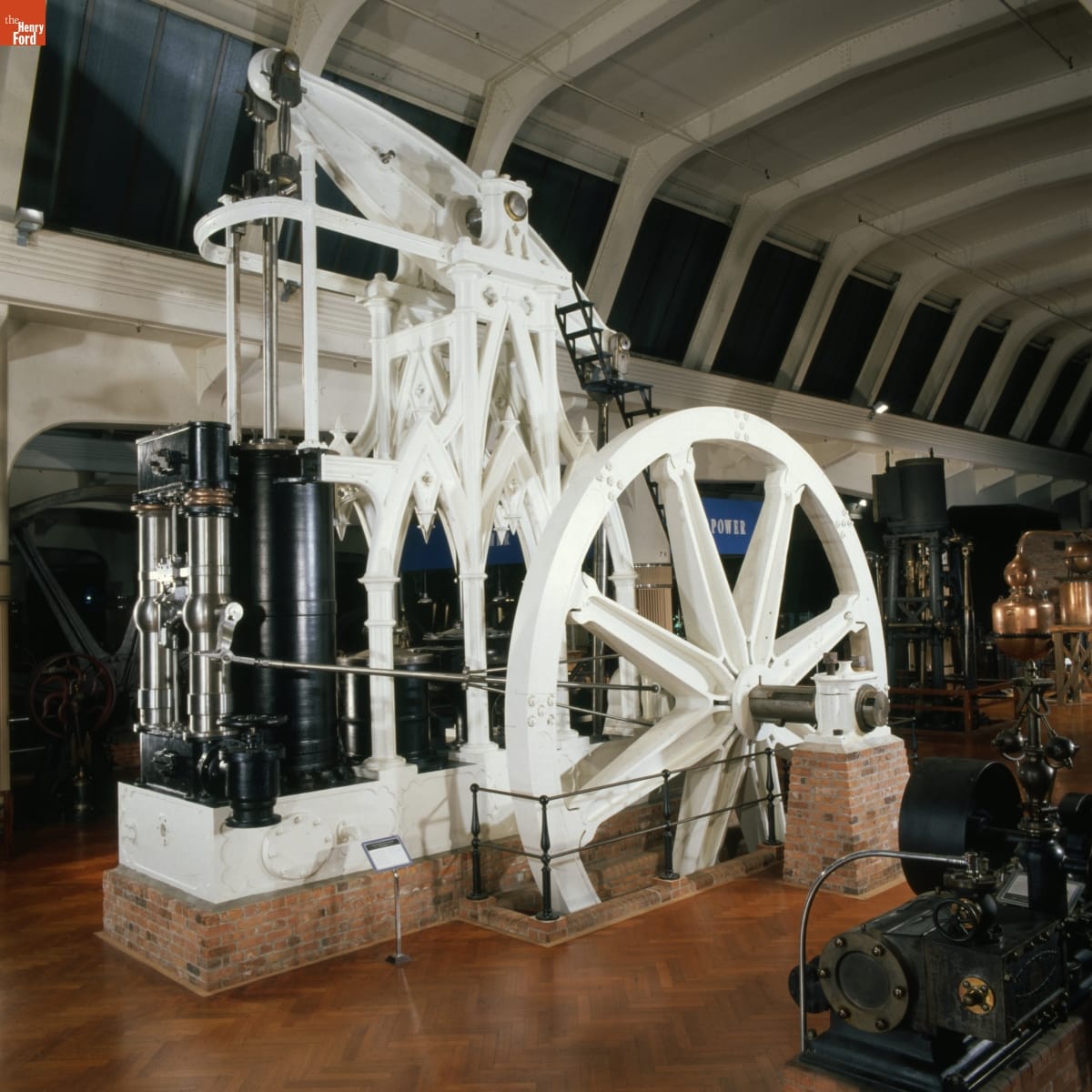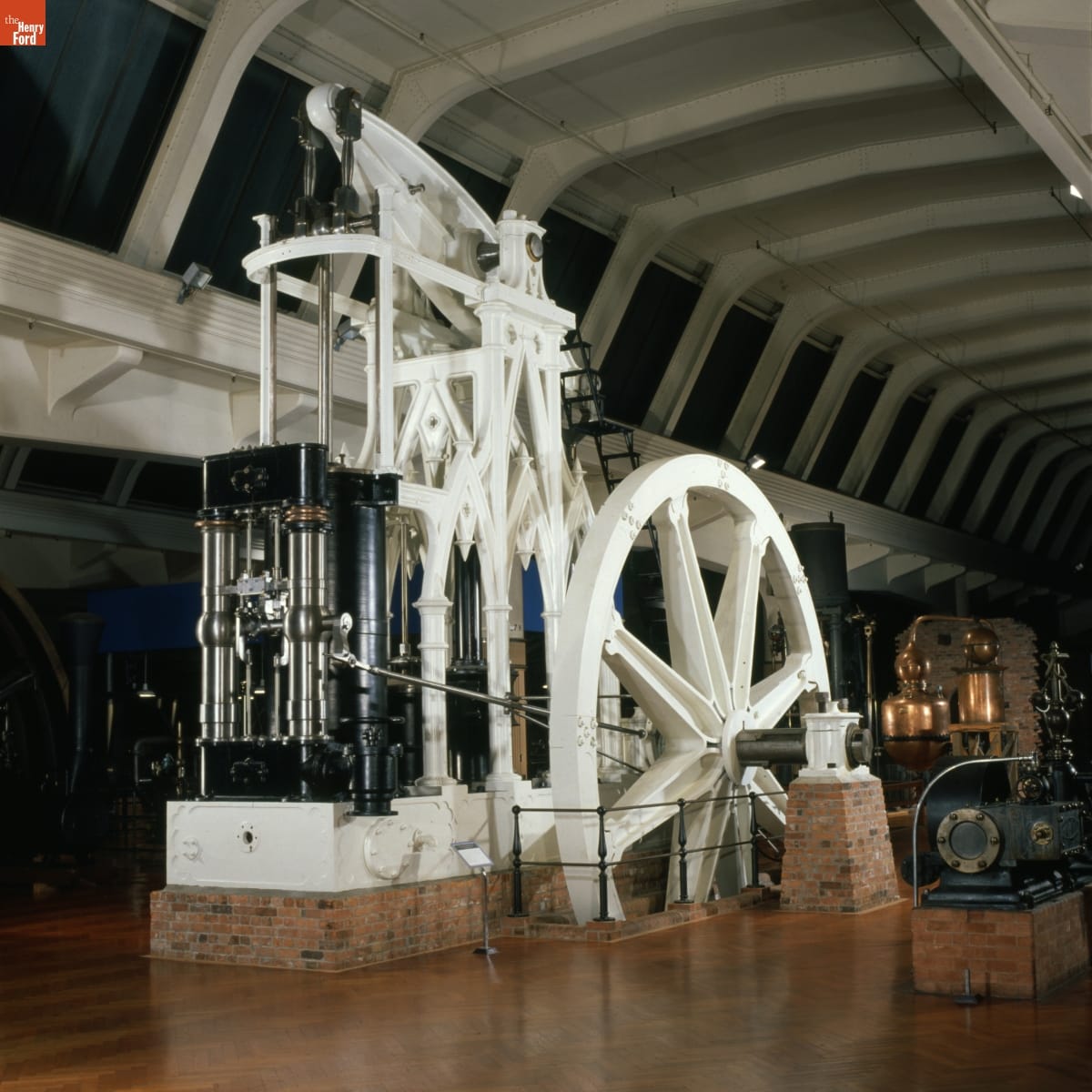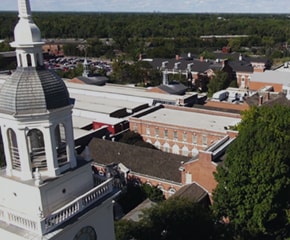Gothic Revival Beam Engine, circa 1855
Add to SetSummary
By the mid-1800s steam power had become widely adopted throughout settled areas of the United States. While refinements continued, the basic technology was accepted fully enough that it began to host contemporary decorative fashions. This engine's pronounced Gothic styling -- thoroughly digested into its (fairly advanced) engineering -- suggests the significance steam power had assumed both practically and philosophically.
By the mid-1800s steam power had become widely adopted throughout settled areas of the United States. While refinements continued, the basic technology was accepted fully enough that it began to host contemporary decorative fashions. This engine's pronounced Gothic styling -- thoroughly digested into its (fairly advanced) engineering -- suggests the significance steam power had assumed both practically and philosophically.
Artifact
Steam engine (Engine)
Date Made
circa 1855
Creators
I.P. Morris, Towne and Company
Place of Creation
United States, Pennsylvania, Philadelphia
Creator Notes
Building of the engine is attributed to I.P. Morris, Towne and Company of Philadelphia, Pennsylvania, in 1836; rebuilt by the Novelty Iron Works in 1867

On Exhibit
at Henry Ford Museum in Made in America
Object ID
30.489.1
Credit
From the Collections of The Henry Ford. Gift of John T. Lewis & Brothers Company
Material
Iron (Metal)
Sheet metal
Color
White (Color)
Dimensions
Width: 12.667 ft
Depth: 26.75 ft
Height: 30.542 ft
Diameter: 36 in (Bore)
Weight: 45 lbs
Length: 72 in (Stroke)
Horsepower: 250 hp (186.42 kW)







